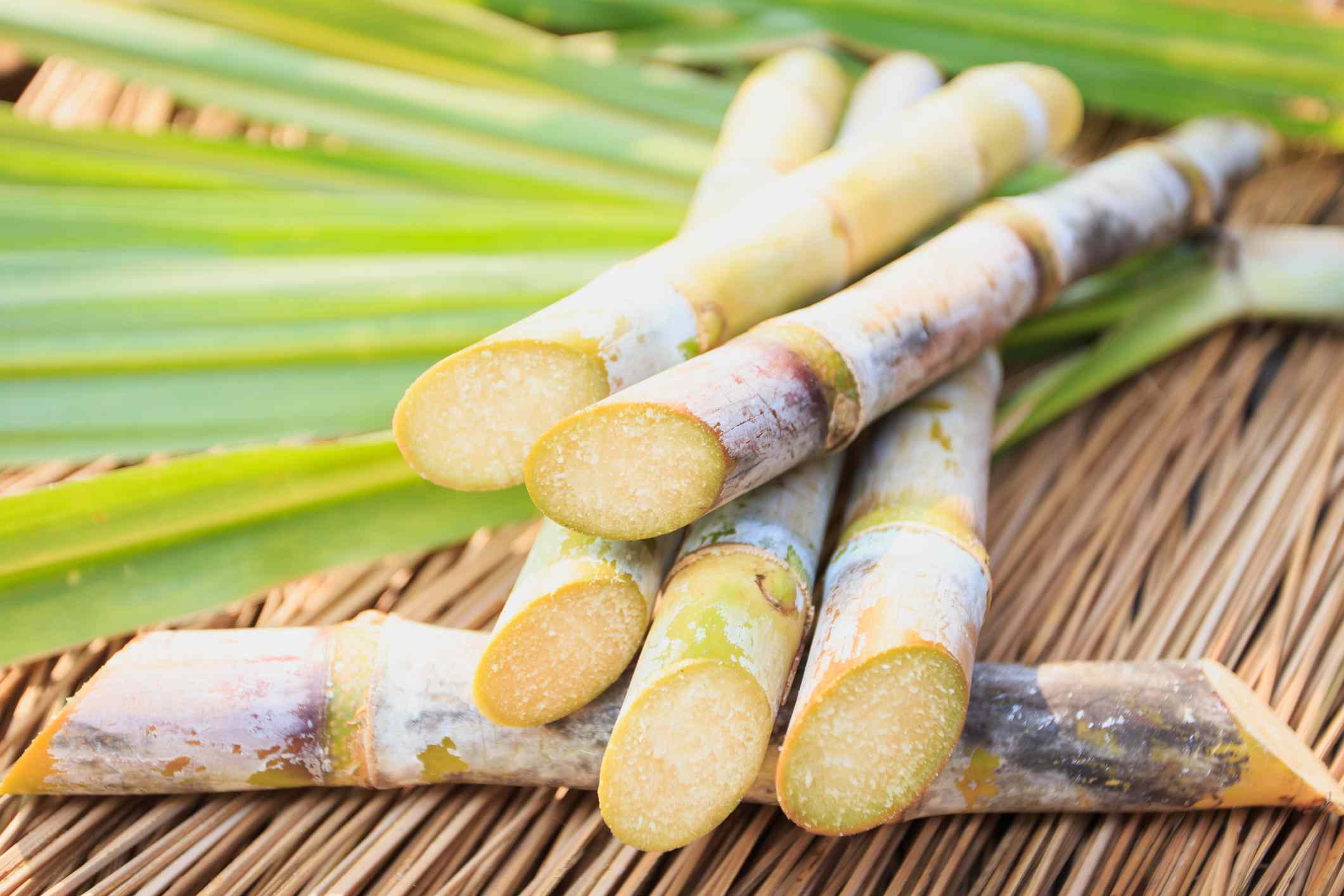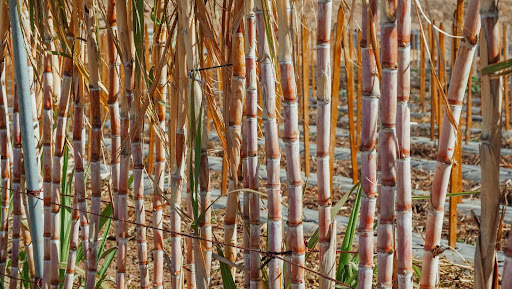Comprehending the Critical Methods and Technologies Utilized in Modern Cane Sugar Processing
The development of cane sugar processing has actually been considerably shaped by the assimilation of innovative methods and innovations that attend to both performance and sustainability. Enzyme-assisted removal and advanced refining techniques have reinvented return optimization, while automation promotes functional reliability. Additionally, the emphasis on sustainable techniques mirrors an expanding understanding of ecological effect. As we check out these crucial improvements, it comes to be vital to check out how they not just improve production but likewise straighten with wider sector fads and consumer needs, raising questions concerning the future of sugar handling and its implications for global markets.
Historical Context of Walking Cane Sugar Handling
The historic context of walking cane sugar handling reveals a rich tapestry of agricultural advancement and social exchange that has actually shaped its advancement over centuries. The procedure of extracting and fine-tuning sugar acquired energy in India, where techniques for condensation were improved around the 6th century.

Advanced Removal Methods
Performance in walking stick sugar removal has seen significant improvements, driven by the demand for higher yields and lower manufacturing prices. This strategy not just boosts sugar return however additionally decreases the energy needed for handling.
Additionally, the adoption of membrane layer filtration modern technologies, such as nanofiltration and turn around osmosis, has actually changed the separation of sugar from contaminations. These methods allow for the discerning permeation of sugar particles while retaining bigger impurities, simplifying the extraction procedure and decreasing waste.
Additionally, the integration of continual removal systems has resulted in boosted functional efficiency. Cane Sugar Processing. These systems maintain a continuous flow of walking stick material, ensuring optimum extraction problems and lowering downtime linked with batch processing
Ingenious Refining Technologies
Refining techniques in walking stick sugar handling have actually undertaken a transformative shift, driven by the need for greater purity and improved product quality. Among one of the most remarkable advancements is the fostering of membrane layer purification innovations, such as ultrafiltration and nanofiltration. These procedures properly get rid of pollutants and colorants without the requirement for substantial chemical treatments, consequently maintaining the sugar's all-natural taste and enhancing its appeal.
An additional significant improvement is the use of ion exchange materials, which enable selective elimination of unwanted ions from sugar services. This technology not just increases the overall pureness of the last product yet likewise contributes to minimized waste and ecological effect.
In addition, advancements in adsorption methods, utilizing activated carbon and various other advanced products, have verified reliable in decolorizing sugar remedies while maintaining optimal quality. The assimilation of these cutting-edge refining modern technologies ensures that manufacturers can generate refined sugar with superior clearness and preference, fulfilling the advancing choices of customers.
Automation and Control Systems
Recent advancements in refining innovations have actually led the way for considerable enhancements in automation and control systems within walking stick sugar processing centers. These systems use innovative software and hardware to enhance functional efficiency, minimize human error, and make certain consistent item high quality.
Modern automation incorporates different components, consisting of sensing units, actuators, and programmable reasoning controllers (PLCs), enabling real-time monitoring and control of crucial procedures. As an example, temperature, circulation, and pressure rates can be specifically controlled throughout removal, clarification, and crystallization stages, optimizing efficiency and lessening waste.
Additionally, advanced data analytics and maker discovering algorithms play a pivotal role in predictive maintenance, enabling drivers to prepare for useful site equipment failings prior to they take place. This proactive technique not only minimizes downtime yet likewise prolongs the life expectancy of equipment.
Additionally, automation helps with the execution of Industry 4.0 concepts, equipping sugar mills to achieve greater connection and data exchange across processes. As a result, decision-making comes to be even more agile and informed, ultimately enhancing the general competition of walking stick sugar production. With these improvements, the sector is well-positioned to satisfy expanding worldwide demands while preserving operational quality.
Sustainability Practices in Sugar Production
Sustainability methods in sugar manufacturing have come to be increasingly crucial as the market seeks to balance economic stability with ecological duty. As customer understanding expands relating to the environmental effects of farming practices, sugar producers are adopting cutting-edge methods to lower their ecological footprint.
One substantial approach is content the execution of accuracy farming techniques, which make use of information analytics to enhance source usage, such as water and fertilizers. This decreases waste and minimizes the effect on local ecological communities. Moreover, several producers are transitioning to sustainable energy sources, such as biomass from sugarcane results, to power their procedures, therefore reducing dependence on nonrenewable fuel sources.
Water management techniques are also important; rainwater harvesting and efficient irrigation systems help reduce water scarcity issues. Cane Sugar Processing. Furthermore, integrated bug management techniques lower chemical usage, promoting biodiversity and soil health and wellness
Company social obligation campaigns are arising, with business purchasing neighborhood areas and guaranteeing fair labor practices. By accepting these sustainability methods, the sugar sector not just boosts its credibility but additionally adds to an extra sustainable agricultural landscape, leading the method for future generations.

Verdict
In summary, contemporary walking cane sugar handling integrates an array of advanced methods and technologies that considerably enhance return, effectiveness, and sustainability. The fostering of ingenious extraction and refining methods, along with automation and control systems, helps with boosted operational performance and item quality. Additionally, the focus on sustainable practices underscores a dedication to lessening ecological impact and advertising ethical manufacturing. Collectively, these innovations position the cane sugar sector to meet modern demands while attending to essential worldwide difficulties.
The development of walking stick sugar processing has actually been substantially formed by the combination of advanced techniques and modern technologies that deal with both effectiveness and sustainability.The historic context navigate to this website of cane sugar processing reveals an abundant tapestry of farming innovation and social exchange that has formed its growth over centuries. Innovations in milling and refining emerged, laying the foundation for modern cane sugar handling.Refining techniques in walking cane sugar handling have gone through a transformative shift, driven by the demand for higher purity and improved item quality.In recap, contemporary walking cane sugar processing integrates a range of innovative methods and technologies that dramatically improve sustainability, efficiency, and yield.